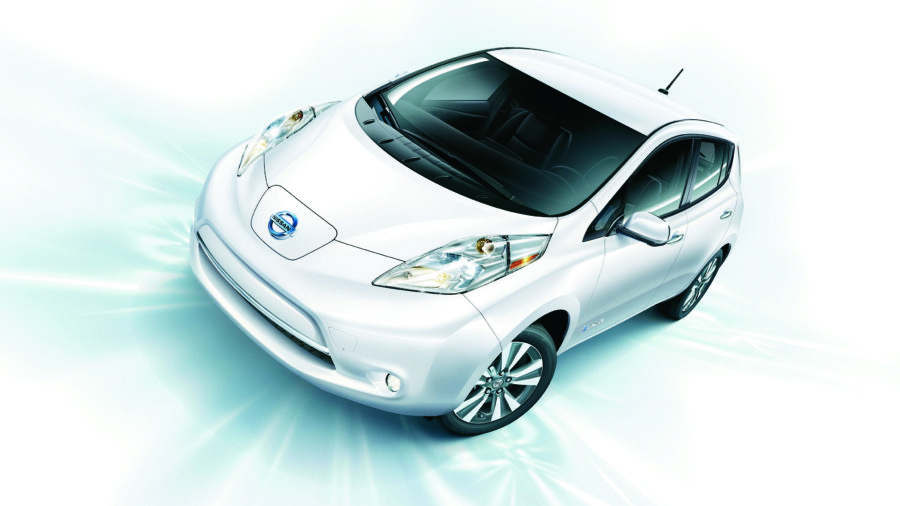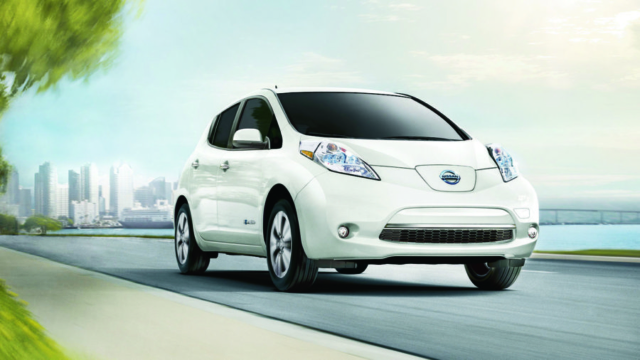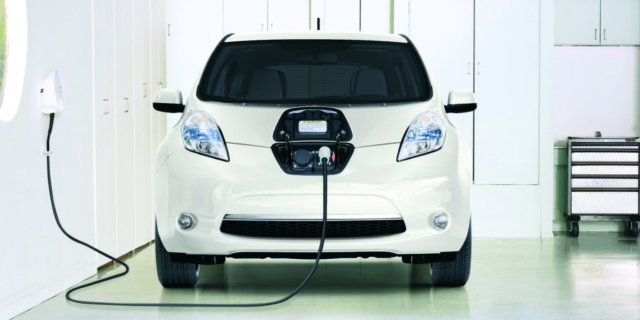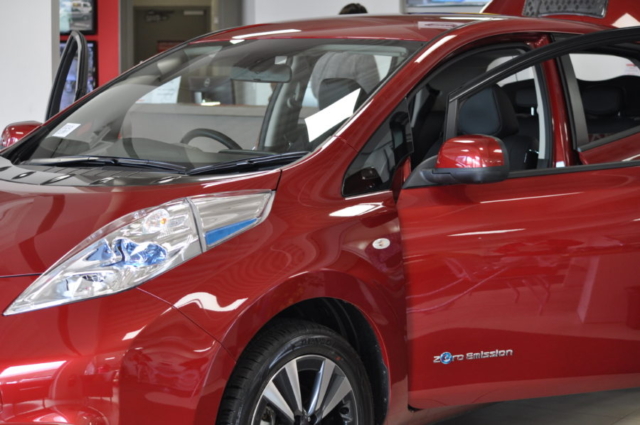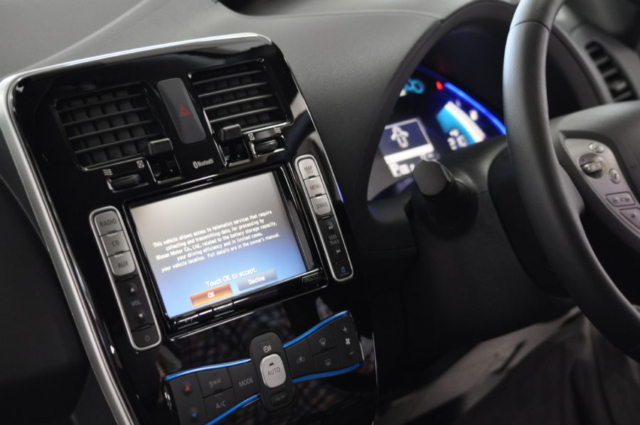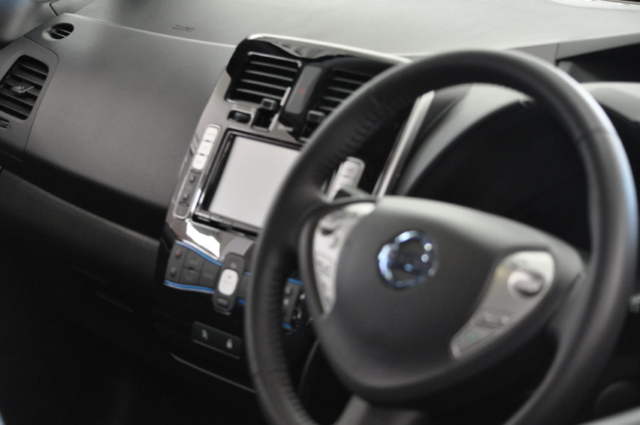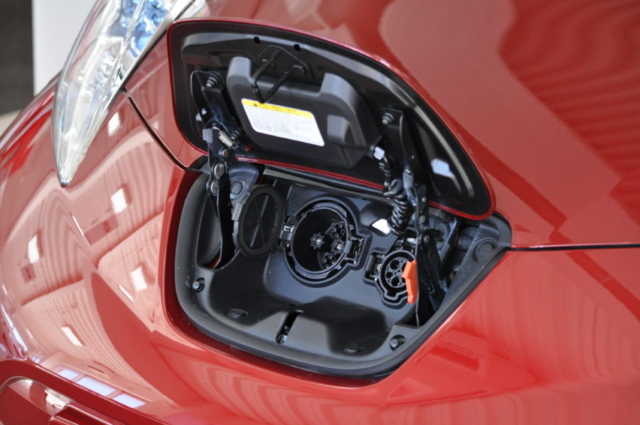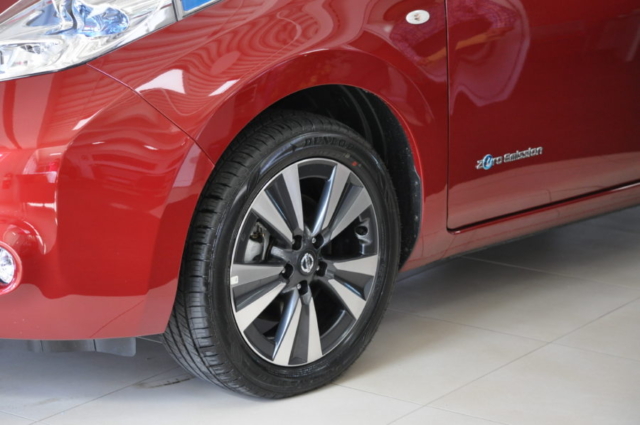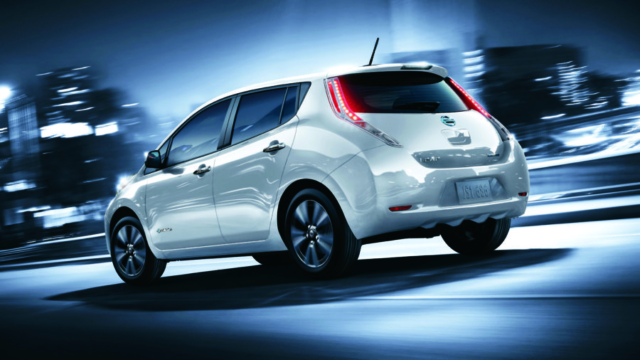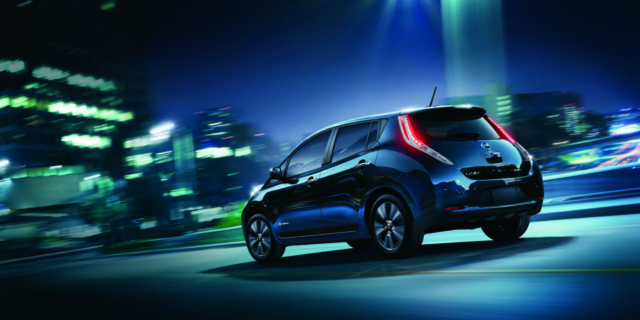By Ian Hind
In a burst of publicity, the new 2018 model all electric Nissan Leaf arrived in Bermuda in March this year. Its arrival was marked by a flurry of articles and comments about electric vehicles in general, on-street charging facilities (or lack thereof), the driving range vise-a-vise Bermuda’s size and the cost of electricity in Bermuda.
With its second electric vehicle, Nissan has stolen a march on some major manufacturers who are still struggling to get their first model out the door. Thus, they have taken the opportunity to make considerable improvements to the first model, such as increased driving range, increased horsepower and torque, reduced steering wheel turns lock-to-lock and a slightly lower overall height.
Of the four available, the top of the range Tekna version is the one being imported to Bermuda so that means you get extras such as BOSE premium audio +7 speakers, ProPilot advanced driver assistance system (keeps you in your lane…), leather front seats and heated rear seats, full LED ‘intelligent auto’ headlights, electronic parking brake, 17” alloy wheels, Nissan Connect EV 7” touchscreen, rear view camera (I love rear view cameras…), an approaching vehicle sound for pedestrians and many more goodies that come with the other versions.
Of course, its in the driving that you come to realise how different that electric vehicles are to regular cars. Apart from the sound, or lack of it, there is the immediate response to the accelerator pedal and the smoothness of the motion. Unlike gas and diesel-powered vehicles which develop their torque over the increasing rev range, electric motors produce full torque immediately thus propelling you from a standing start very quickly. This can be best experienced by flooring the pedal at the bottom of a steep hill. There is no lag or ponderous acceleration – you just rocket up the hill! Even the best automatic gearboxes are not as smooth as the all-electric vehicle in providing a pleasant driving experience.
The cabin interior is noticeably different with many of the normal dials and switches replaced by an illuminated display indicating battery condition and driving mode. There are 4 modes available, namely, Normal(D), Eco, B and e-pedal. Normal is what it says, Eco will reduce performance but provide the furthest range on a single battery charge, B, will increase the amount of battery regeneration when slowing down compared to the regular D driving mode and the e-pedal. This works from the accelerator and, with practice, you should be able to drive in most conditions without touching the brake pedal. Lifting your foot from the accelerator will cause the regeneration to engage, which slows the car through motor drag, then at lower speeds the brakes will gently engage, bring you to a stop, unless you hit the accelerator.
Getting the most out of these systems will take practice, but my experience of this car and other all-electric vehicles is that it can be fun trying to maximise the battery range while getting from A to B as efficiently as possible.
The battery pack under the cabin floors means that the rear seats are raised somewhat giving great visibility, akin to that experienced in many SUVs. This pack however intrudes a little into the rear boot so no absolutely flat floor when the rear seats are folded down. And the BOSE box is situated there too and may get in your way. The battery can be charged two ways, overnight with the standard plug or the Quick Charge socket, which is an optional extra, purchased from Auto Solutions local partner, BE Solar.
The bottom line is that the Nissan Leaf is different, providing a relaxing driving experience, low running costs due to the fewer moving parts and zero emissions.
The Nissan Leaf is H/L Class, available from Auto Solutions, St John’s Rd, currently retailing for $46,995 at the time of going to press. A test drive is strongly recommended.
This article was originally featured in the Spring 2018 edition of RG Motor.

